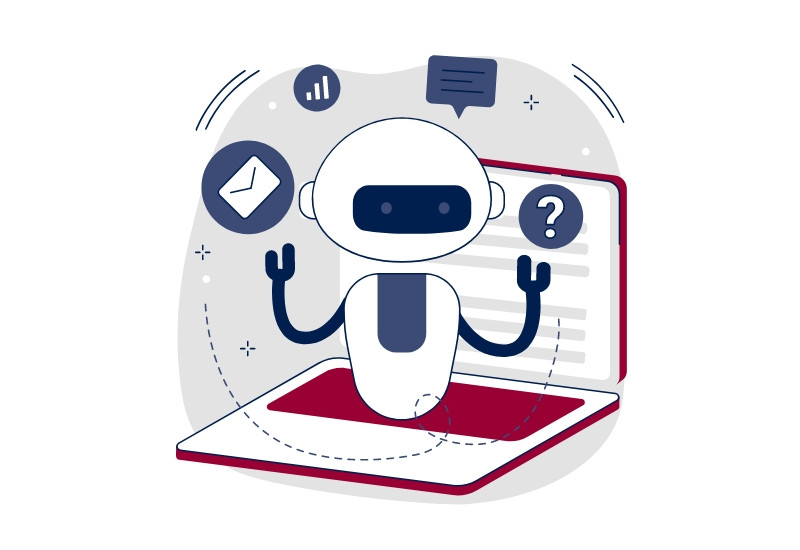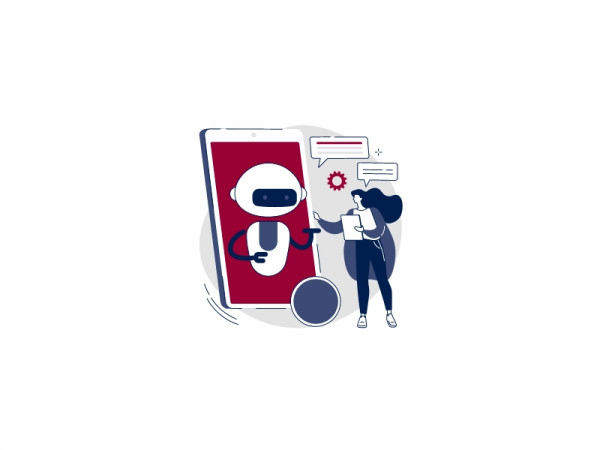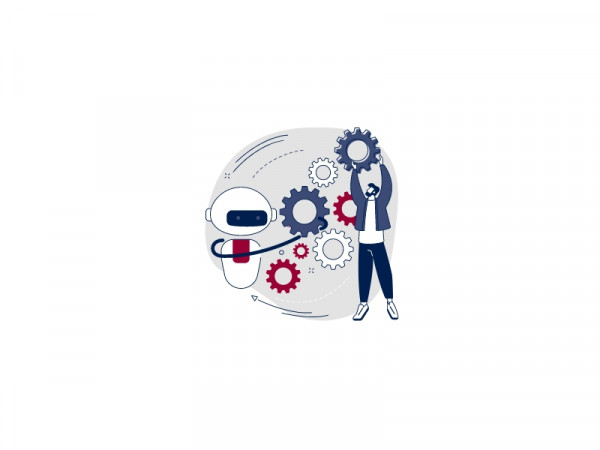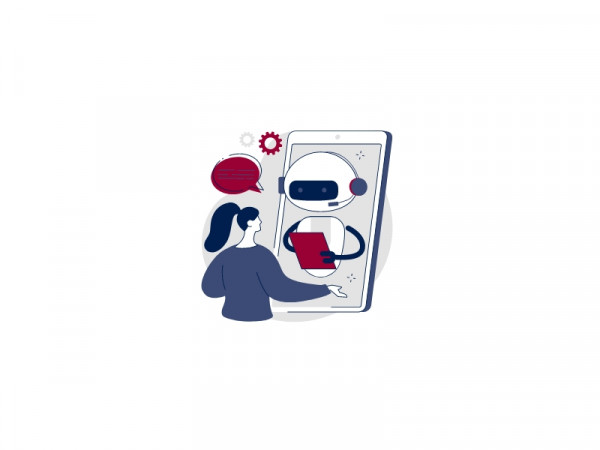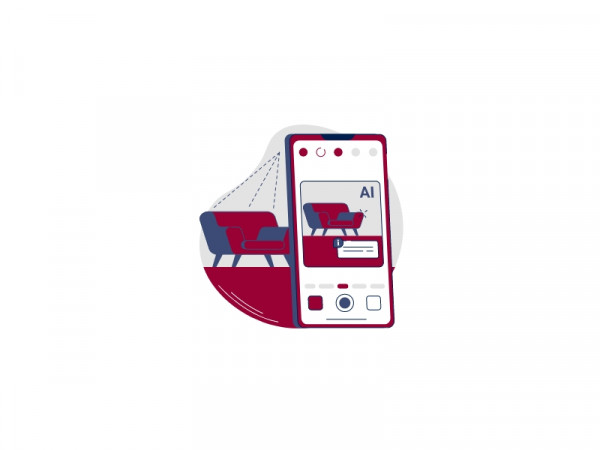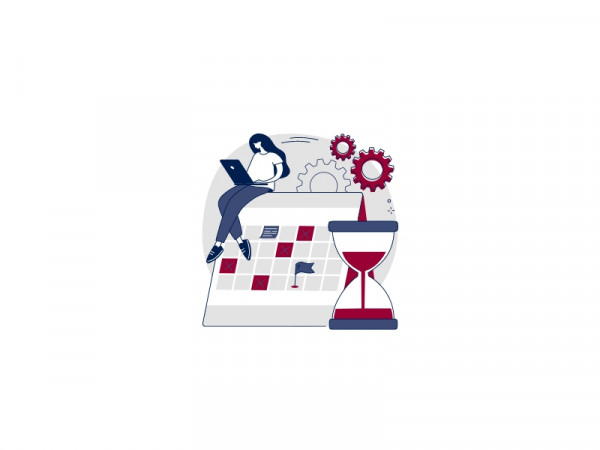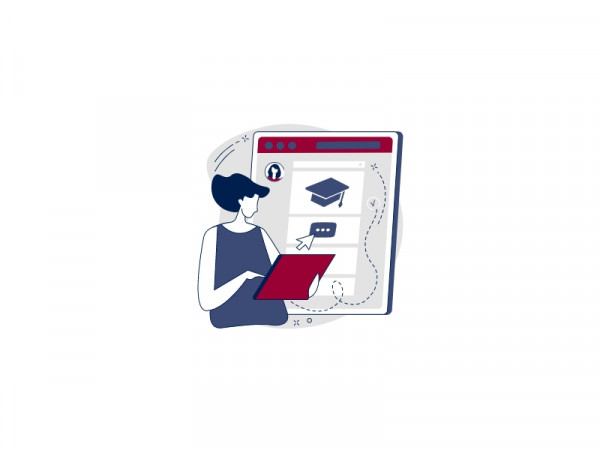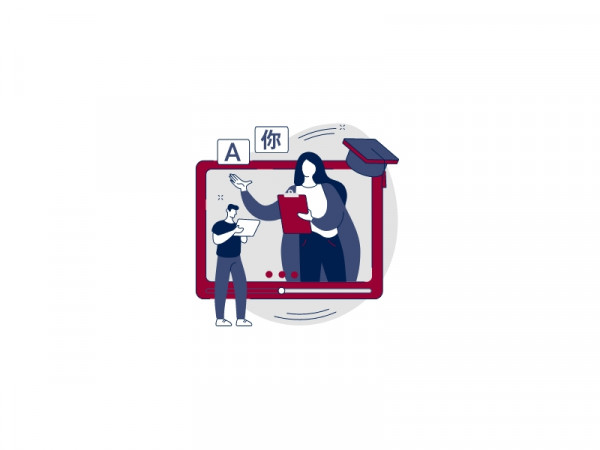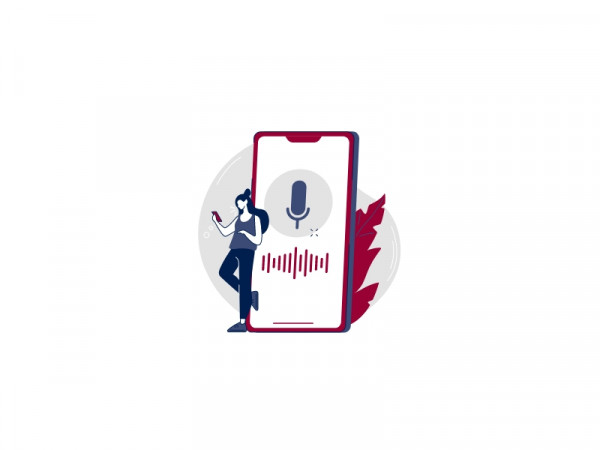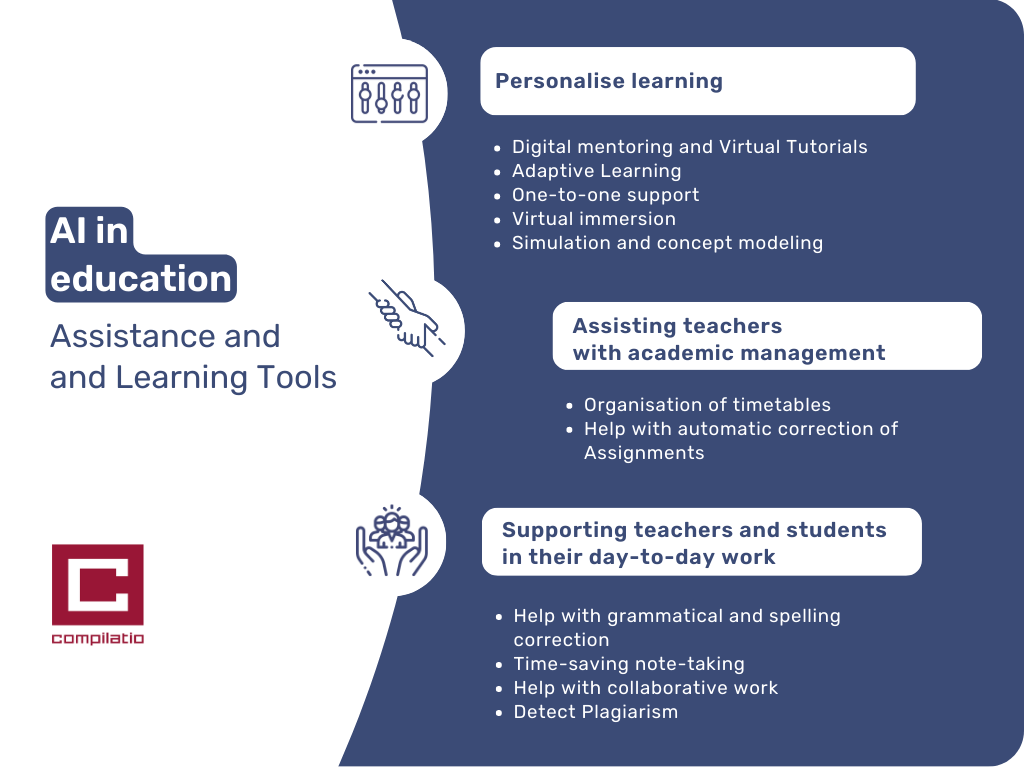4. Concrete Examples of AI Applications that Benefit Education
As seen through the examples mentioned in this article, AI offers significant benefits to education and teaching.
In this final section, we will delve deeper with concrete and advanced examples of AI applications in education 👇
Example of AI Application in Education for Teachers
Imagine a university professor teaching a master's-level course with 60 students. To assess their assignments, the teacher needs to check for plagiarism and evaluate the quality of each student's work. Without AI, this process can be incredibly time-consuming, especially when it involves detailed analysis of lengthy papers.
By using AI-powered plagiarism detection tools such as Compilatio, the teacher can automatically check all submissions for originality. These tools analyze the text for similarities with a massive database of academic articles, journals, and other student papers.
Time saved:
- Without AI, the teacher might spend up to 20-30 minutes manually checking a single assignment for plagiarism.
- With AI, this process is reduced to about 2-3 minutes per paper, including review time for flagged sections.
Example of AI Application in Education for Students
Consider a student struggling with mathematics concepts in a university course. Instead of paying for private tutoring, the student uses ChatGPT as a virtual tutor. This AI tool helps by answering questions, explaining mathematical concepts, and providing step-by-step guidance on solving problems. The AI offers adaptive learning by adjusting the difficulty of tasks based on the student's progress.
Each time the student struggles with a specific topic (e.g., calculus), ChatGPT provides explanations, resources, and practice questions to reinforce their understanding. If the student fails to grasp a concept, the AI can offer simpler examples or even visualize the problem. Over time, the student becomes more confident and able to solve increasingly complex problems.


